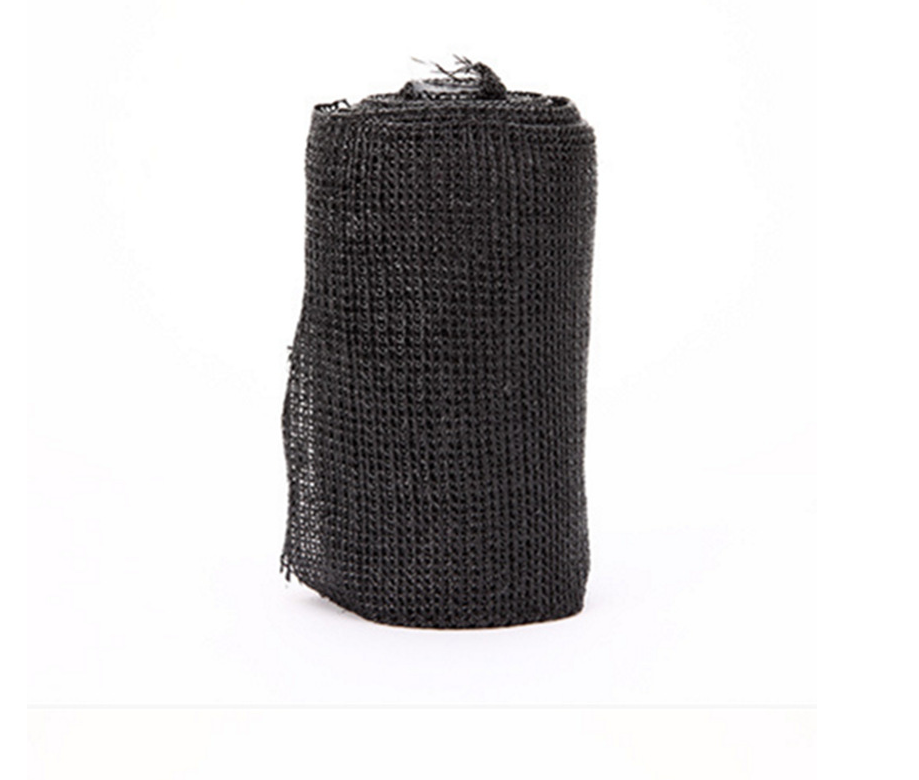Understanding the Cost of Insulation Tape What You Need to Know
Insulation tape is an essential tool in many industries, from electrical and construction to automotive and DIY projects. It plays a crucial role in protecting against electrical conductivity and ensuring that connections remain secure and insulated. As a result, understanding the cost of insulation tape, how it varies, and what factors influence its pricing can help both professionals and DIY enthusiasts make informed choices.
Types of Insulation Tape
Before delving into costs, it's important to recognize that insulation tape comes in various types, each designed for specific applications. The most common types include
1. Electrical Insulation Tape Often made from vinyl or rubber, this tape is designed to withstand the high voltages and temperatures in electrical applications. Prices typically range from $5 to $20 per roll, depending on the brand and specifications.
2. Foam Insulation Tape Used primarily for sealing gaps and reducing energy loss, foam tape can vary in thickness and density. A standard roll can cost between $10 and $25, with costs rising for specialized options or larger sizes.
3. Duct Tape and Specialty Insulation Tapes These tapes offer unique benefits like moisture resistance and can be used in various settings. Prices can vary widely, starting from around $5 and exceeding $30 for more advanced versions.
Factors Influencing Cost
Several factors can affect the cost of insulation tape, including
1. Material Quality Higher quality materials often come at a premium. For example, high-temperature resistance or superior adhesive properties typically increase the price of insulation tape.
2. Brand Reputation Established brands often charge more for their products, benefiting from a reputation for reliability and quality. Investing in trusted brands can reduce the likelihood of tape failure during critical applications.
insulation tape cost

3. Roll Size and Thickness Larger rolls may seem more expensive at first glance, but they often offer better value for bulk use. Thicker tape may also command a higher price due to its durability and effectiveness.
4. Special Features Specialty tapes that offer enhanced performance, such as moisture resistance or flame retardance, can be significantly more expensive than standard options.
5. Availability and Demand Seasonal demand or regional supply issues can affect prices. For instance, a surge in construction might increase demand for insulation tape, leading to higher prices.
Budgeting for Insulation Tape
When planning a project that requires insulation tape, it’s essential to establish a budget. Here are a few considerations
- Determine the Type Assess the specific requirements of your project. For electrical work, quality vinyl tape is essential, while DIY insulation jobs might benefit from foam options.
- Calculate Quantity Needed It’s better to buy slightly more than necessary to avoid multiple trips to the store, which can add to overall costs.
- Consider Multi-Packs Purchasing insulation tape in multi-packs can reduce the per-roll cost, making it more economical for larger projects.
- Look for Discounts Keep an eye out for sales or bulk discount offers at local hardware stores or online retailers.
Conclusion
Insulation tape is a crucial component in ensuring safety and efficiency in various settings. By understanding the types available and the factors that influence their costs, consumers can make informed purchasing decisions. Whether you're an electrician, contractor, or DIY enthusiast, investing wisely in insulation tape can save money in the long run while ensuring that your projects are completed safely and effectively.
-
XIANGFAN Rubber Tape-Ultimate Solutions for All Your Insulation NeedsNewsJun.24,2025
-
XIANGFAN Rubber Tape-Protection for Industrial and Residential ApplicationsNewsJun.24,2025
-
XIANGFAN Rubber Tape: Superior Safety and Sealing for Demanding EnvironmentsNewsJun.24,2025
-
XIANGFAN Rubber Tape: Reliable Solutions for Every Electrical ChallengeNewsJun.24,2025
-
XIANGFAN Electrical & Industrial Tape: Powering Reliability Across IndustriesNewsJun.24,2025
-
XIANGFAN Electrical & Industrial Tape: Excellence in Every ApplicationNewsJun.24,2025
